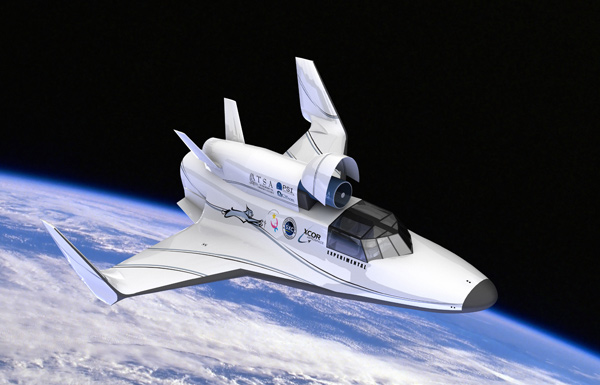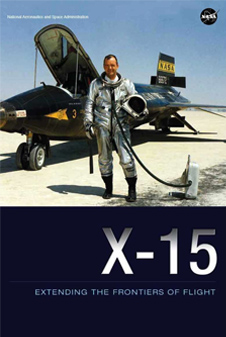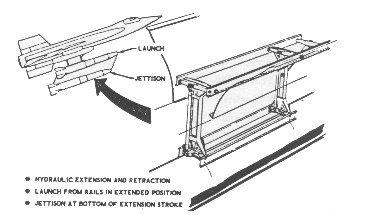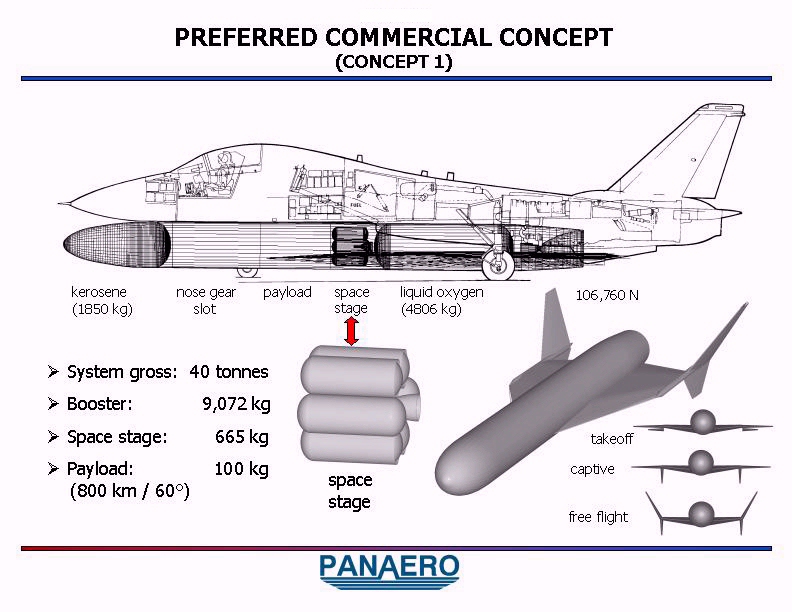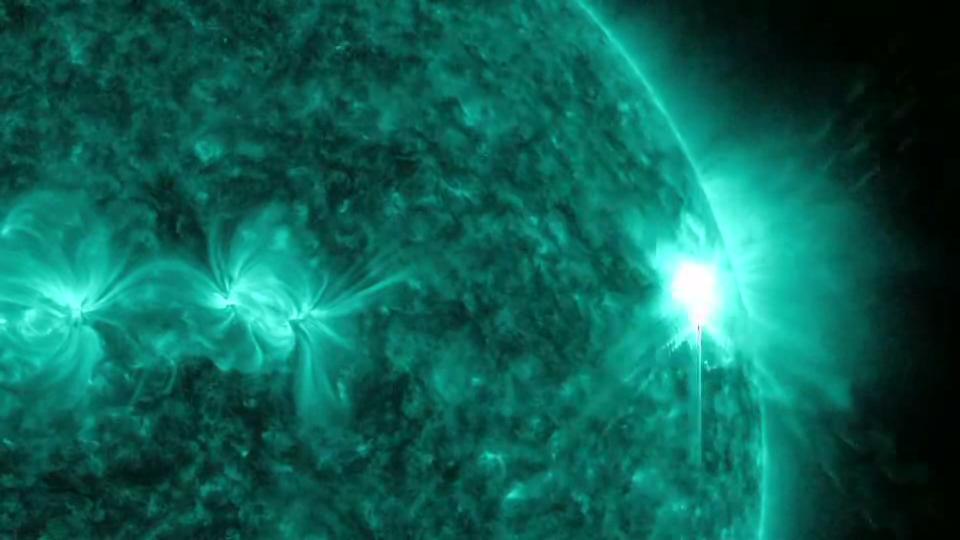The International Space Apps Challenge is a two-day “codeathon” to be held in the US, Great Britain, Japan, Australia, Indonesia, Kenya, Brazil, and the Dominican Republic. Astronauts onboard the International Space Station will also participate as will researchers at McMurdo Station, Antarctica. Supporting organizations include NASA, the UK Space Agency, the Internet Archives, the Yahoo Developers Network, Random Hacks of Kindness, the Open Knowledge Foundation, Joint Polar Satellite System Project, US Embassy in Jakarta, Australian National University, and the University of Tokyo.
The event takes place on April 21-22. In the US, the Challenge is led by Geeks Without Borders and will take place at TechShop San Francisco.
Participants at the event may work on a number of individual challenges centering around software, open hardware, citizen science, and data visualization. One challenge is to create plug-in hardware, such as a spectrometer or photometer, for a smartphone, which could be used in citizen-science projects. A solution might include an open-source framework to connect a variety of sensors, which might measure atmospheric conditions, radiation, electromagnetic interference, or other conditions.
Another challenge, submitted by NASA’s Science Mission Directorate, is to create an educational app that allows users to measure the size of the Earth using Eratosthenes’ method. Discovered by the famous Greek astronomer 2500 years ago, Eratosthenes’ method demonstrates the use of common geometric principles for practical purposes.
NASA is also challenging participants to create apps to interface with data from the NASA Planetary Data System, Kepler satellite, and Earth Observations website.
A complete list of all challenges is available here.


